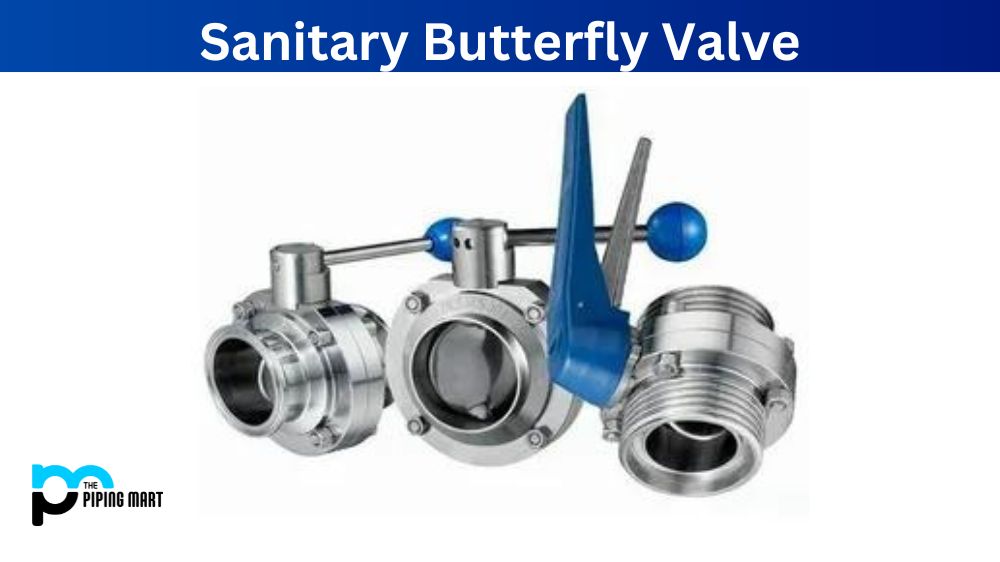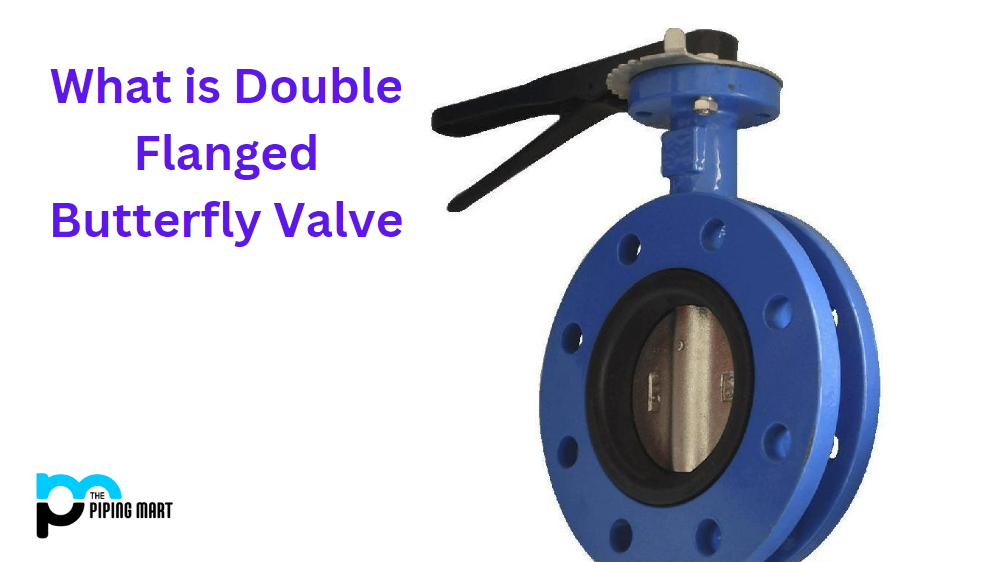Inertia friction welding (IFW) is an innovative process that uses kinetic energy to join two or more components. This process is becoming increasingly popular due to its accuracy, simplicity, and cost-effectiveness. Let’s look at how inertia friction welding works and why it benefits various applications.
What is Inertia Friction Welding?
Inertia Friction Welding (IFW) is a method of welding materials together that uses intense pressure applied in rapid impacts to create heat and force the welded elements together. This process uses open-die tools to pull together the two parts into a cohesive structure rapidly. IFW involves an initial setup for tool and material arrangement, and then two relatively short bursts of energy to generate ideal welding conditions occur. As a result, this process is much more efficient when compared with other conventional friction welding methods by reducing cycle and processing time while increasing quality output due to its precision ability. Additionally, IFW can be used with ferrous and nonferrous materials and dissimilar metals, allowing for increased flexibility in use cases.
How IFW Works
Inertia friction welding is a high-speed joining process that utilizes centrifugal force to achieve the welds. During the IFW process, two parts are placed in contact with each other and subjected to a rapid rotational motion. The rotating parts generate heat through friction, which causes the material surfaces to melt and form a solid bond when cooled. The IFW cycle typically lasts from 0.5-2 seconds and produces highly reliable welds with little or no distortion of the parent materials.
IFW Uses
The most common application of inertia friction welding is in the automotive industry, where it’s used to join steel and aluminium components for cars, trucks, SUVs, and motorcycles. Other industries that rely heavily on IFW include aerospace engineering, manufacturing, power generation, white goods production (e.g., washing machines), medical device manufacturing, and robotics assembly.
Benefits of IFW
One of the key benefits of inertia friction welding is its high accuracy rate; because only minimal force is required during this process, the risk of overstressing or damaging components is greatly reduced. Additionally, since no consumable materials are used in this process—unlike traditional arc welding—the cost savings can be significant over time. Lastly, because only heat generated by friction is used during IFW processes, there’s no need for protective shielding gases or flux coatings as with other welding processes; this reduces costs even more while also improving safety levels for personnel who work near these processes daily.
Conclusion:
In summary, inertia friction welding has many benefits that make it an attractive option for various applications across multiple industries. It’s a fast and accurate joining process that requires minimal force but produces reliable welds without distortion of the parent materials. Its ability to save time and money while also increasing safety levels for personnel working near these processes daily for many applications makes inertia friction welding an ideal choice for businesses looking to improve their efficiency without sacrificing quality or safety standards in their operations!

Abhishek is a seasoned blogger and industry expert, sharing his insights and knowledge on various topics. With his research, Abhishek offers valuable insights and tips for professionals and enthusiasts. Follow him for expert advice on the latest trends and developments in the metal industry.




